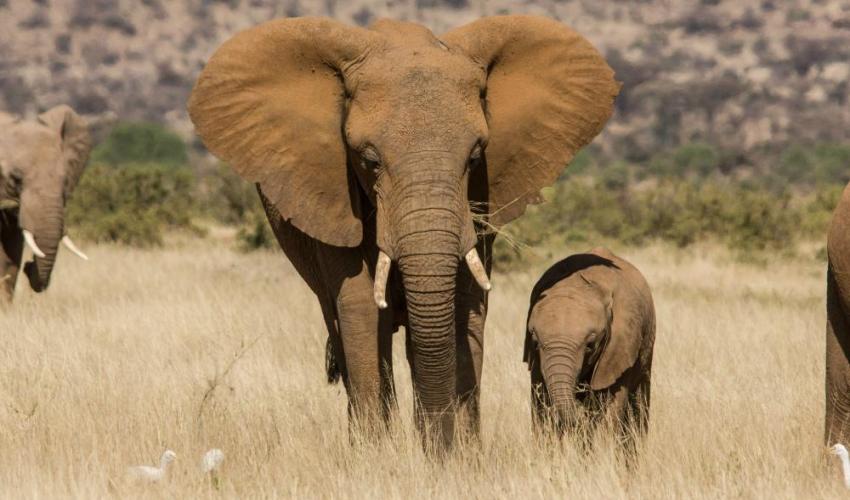Judith Garber, U.S. Department of State, calls for nations to join efforts against wildlife trafficking at IUCN Congress.
On March 3rd we will celebrate World Wildlife Day and join in spreading the message “The Future of Elephants is in Our Hands.” We recognize that we have the opportunity and the responsibility to address the threats that are pushing elephants, and other species, towards extinction. One of the greatest and most immediate threats to elephants, as well as rhinos, pangolins and countless others, is wildlife trafficking.
A 2013 study indicates that in central Africa, poaching led to a 62% decline in the forest elephant population between 2002 and 2011. That means forest elephants will be extinct within the next decade unless we succeed in halting the poaching that is driven by demand for ivory.
Unfortunately, even legal ivory trade related to antiques has contributed to the problem, as old and new ivory are not easily distinguished. The potential for profit is more than enough incentive for unscrupulous people to kill endangered and protected animals, traffic their body parts across the world, and subvert laws in order to sell them to unwitting consumers.
As one of the biggest markets for wildlife and wildlife products, the United States is committed to help end the trafficking crisis. Recognizing that the survival of elephants and other protected species is at stake, and that this criminal activity also fuels instability and undermines security, in 2013 President Obama created a Presidential Task Force on Wildlife Trafficking to lead a whole-of-government response, followed by the National Strategy for Combating Wildlife Trafficking. This Strategy seeks to strengthen law enforcement against traffickers; to enhance international cooperation so that we have a stronger net to catch these criminals and broader support for community-based conservation; and to eliminate the fundamental demand for the goods.
Conservation efforts took a major step forward last September, when U.S. President Obama and Chinese President Xi made the groundbreaking commitment to enact a near total ban on ivory imports and exports, and to take significant, timely steps to halt the domestic commercial ivory trade in our respective countries. The U.S. Fish and Wildlife Service expects to finalize new regulations on the domestic ivory trade later this year, a major first step in implementing this historic commitment.
The global community is also mobilizing to counter the threats to our ecological heritage. Last year the UN General Assembly approved its first resolution aimed at tackling the issue and the United Nations’ 2030 Agenda for Sustainable Development includes ending wildlife trafficking among its goals. Now we are carrying this momentum to the 2016 World Conservation Congress, where the United States will join with NGO and government partners in September to urge other nations to follow our lead and take action to close their domestic markets for commercial trade in elephant ivory.
Reflecting on the theme for the IUCN World Conservation Congress 2016, “Planet at the Crossroads,” we must recognize that we are at a crossroads for wildlife. Let us all join hands and go down the right path to ensure that elephants and other species can survive and thrive for generations to come.
- Judith Garber, U.S. Department of State, acting Assistant Secretary for Oceans, Environment and Science (OES)











